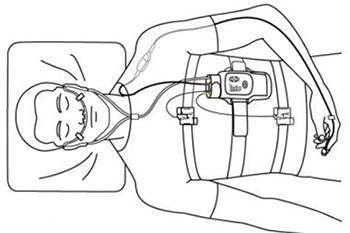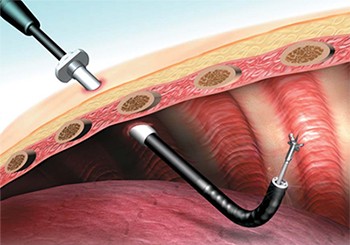Passive smoking, also known as second-hand smoke or environmental tobacco smoke, is when a person breathes in toxic fumes that have remained in the air or surrounding objects after a cigarette has been smoked. It also refers to exposure of unborn babies to their mother’s smoke.
There are three types of passive smoke :
- Mainstream smoke : breathed in and breathed out by a smoker
- Side-stream smoke : floating off the end of a lit cigarette
- Third-hand smoke : smoke that has been absorbed into clothing or furniture
Harmful Effects
 Passive smoke is classed as cancer-causing by the World Health Organization and there are no safe levels of exposure. Passive smoking can cause premature death, disease and disability in adults and children.
Passive smoke is classed as cancer-causing by the World Health Organization and there are no safe levels of exposure. Passive smoking can cause premature death, disease and disability in adults and children.
In adults: passive smoking is known to cause lung cancer, coughing, wheezing and other illnesses such as coronary heart disease.
In children: passive smoking can increase the severity of asthma symptoms and lead to new asthma cases. It can also cause coughing and wheezing and other illnesses such as middle-ear problems.
There are over 4,000 chemicals generated during the burning and smoking of tobacco products. Of these, over 250 chemicals are known to be toxic or cancer-causing.




